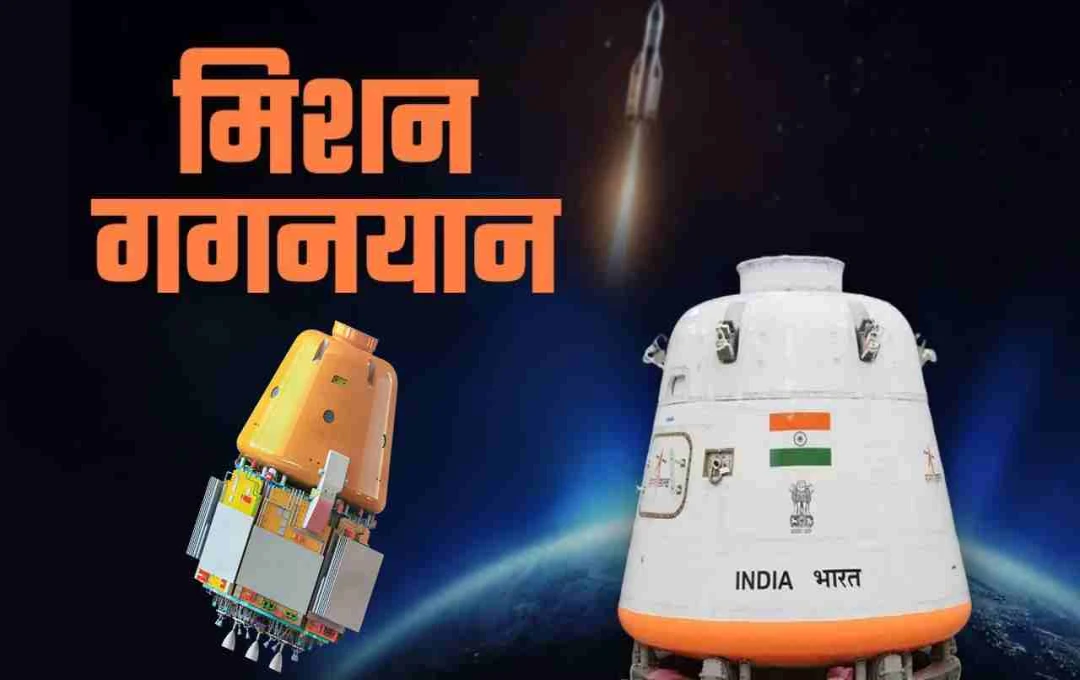Pakistan has launched its first live-updating AI reporter, presenting real-time news in Urdu. This technology could revolutionize journalism, but the need for human journalists will likely persist. Further advancements are expected in the future.
The field of technology is constantly evolving, and AI (Artificial Intelligence) is rapidly entering the world of news. While previously AI anchors were limited to reading pre-set scripts on camera, Pakistan has taken a significant step by launching the world's first live-updating AI reporter. This virtual reporter is capable of delivering real-time news updates in Urdu, potentially transforming the future of journalism.
What is the AI Reporter?
Pakistan's prominent news channel, 92 News, recently introduced this technology. The AI reporter's most significant feature is its ability to provide live updates. It is not merely an AI anchor reading a predetermined script; instead, upon any major or significant event, this virtual journalist can immediately appear on camera and present the information in real-time.
This AI is a computer-generated virtual avatar, designed to resemble a real human, but it does not physically exist in a location. It is controlled from a studio and cannot conduct ground reporting. However, the technology is so advanced that it appears as if it is reporting live from the scene.
Why is Pakistan's initiative significant?

While countries like India and China already utilize AI anchors, these anchors primarily read pre-written scripts. Pakistan, however, has enabled this new version of AI to deliver live news updates, making it technologically more advanced.
This reporter will enable faster and more efficient news delivery. During emergencies or breaking news situations, the ability to disseminate information instantly will enhance both the efficiency and credibility of media houses.
Will AI reporters replace human journalists?
This is a frequently debated question. Social media and technology experts have shown mixed reactions to this initiative.
Some view it as a technological revolution in journalism, automating routine tasks and allowing journalists to focus on more critical and complex issues. Others are concerned that this technology may pose a challenge to human journalists in the future.
The reality is that the current AI reporter is solely studio-controlled and has limited reporting capabilities. It cannot yet entirely replace the need for human journalists, but its impact may increase as the technology develops.
Advantages of the AI Reporter

- Real-time updates: Live coverage of major events will be possible immediately after they occur.
- Linguistic diversity: This AI operates in Urdu, providing millions of Pakistani viewers with up-to-date news in their native language.
- Cost reduction: Human resources and expenses for extended live shows will be reduced.
- Instant response: Providing immediate responses and updates to events will be easier.
- Use on various platforms: This reporter can function on television as well as digital platforms, expanding the reach of information dissemination.
Technical aspects and limitations
Pakistan's AI reporter is a virtual avatar created using computer graphics. It is capable of exhibiting human-like facial expressions, voice tone, and gestures to a significant extent.
Currently, this technology cannot perform ground reporting or handle complex situations requiring human understanding. Human journalists will remain necessary for these tasks.
Technical challenges remain, including potential linguistic errors during live news, a lack of nuanced emotions, and difficulties in handling the complexities of context in certain news stories. Furthermore, significant data processing and intelligence are required to operate it.
The situation in India and China
India and China have already adopted AI anchor technology. Some news channels in India have introduced AI anchors that primarily read pre-set scripts. China is one of the world leaders in this field, where AI anchors widely broadcast news.
However, Pakistan's AI reporter is considered a step ahead due to its ability to provide live updates. This could prove to be a significant milestone in the use of AI in the media sector.
Future possibilities
As AI technology improves, these virtual reporters will become more sophisticated. They will not only provide live updates but also handle more complex reporting tasks such as interactive interviews, personalized news services, and automated analysis.
This technology could completely transform how media houses operate, enabling faster, more accurate, and cost-effective news delivery.















